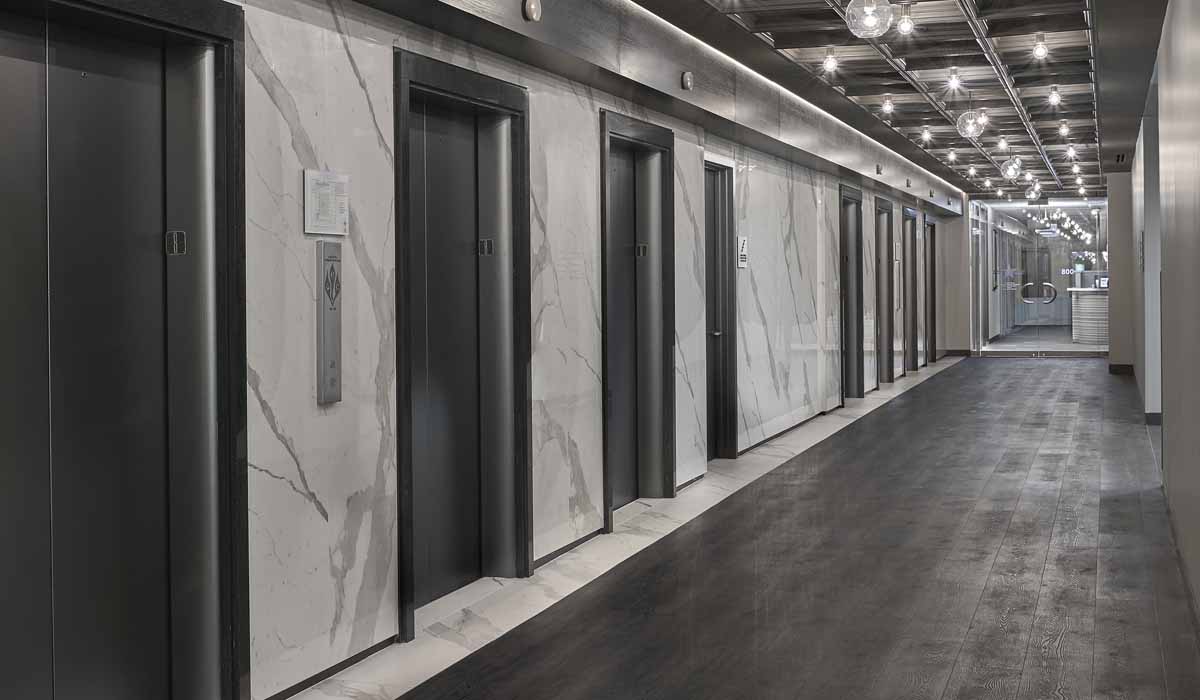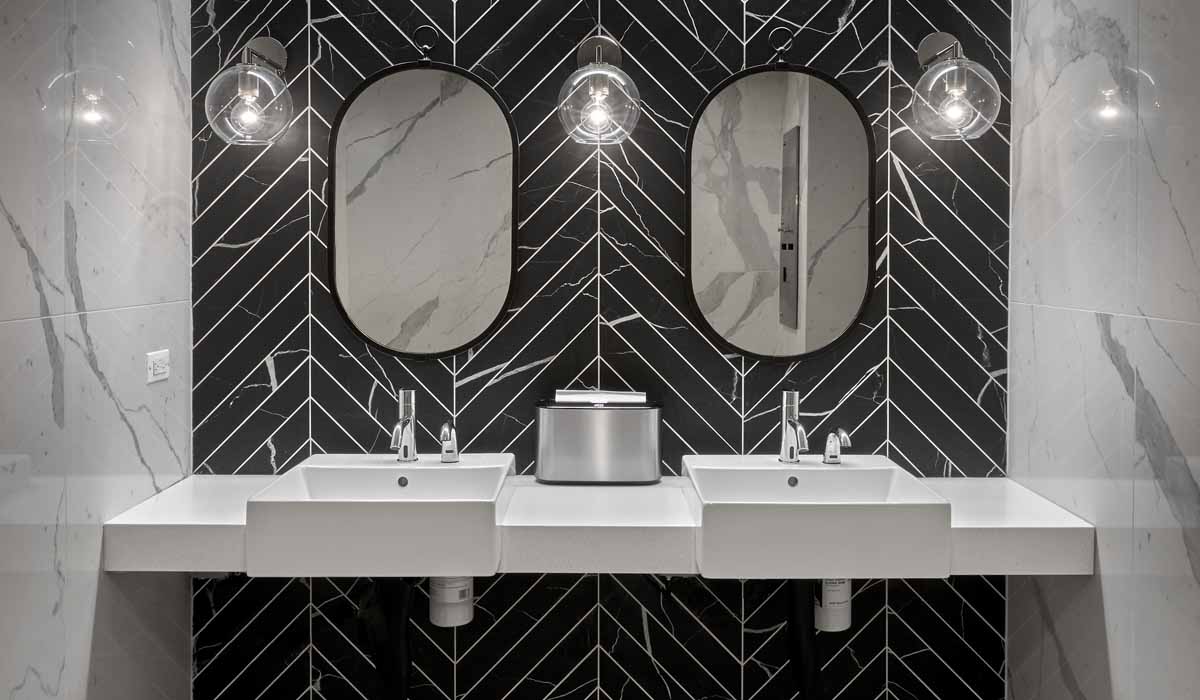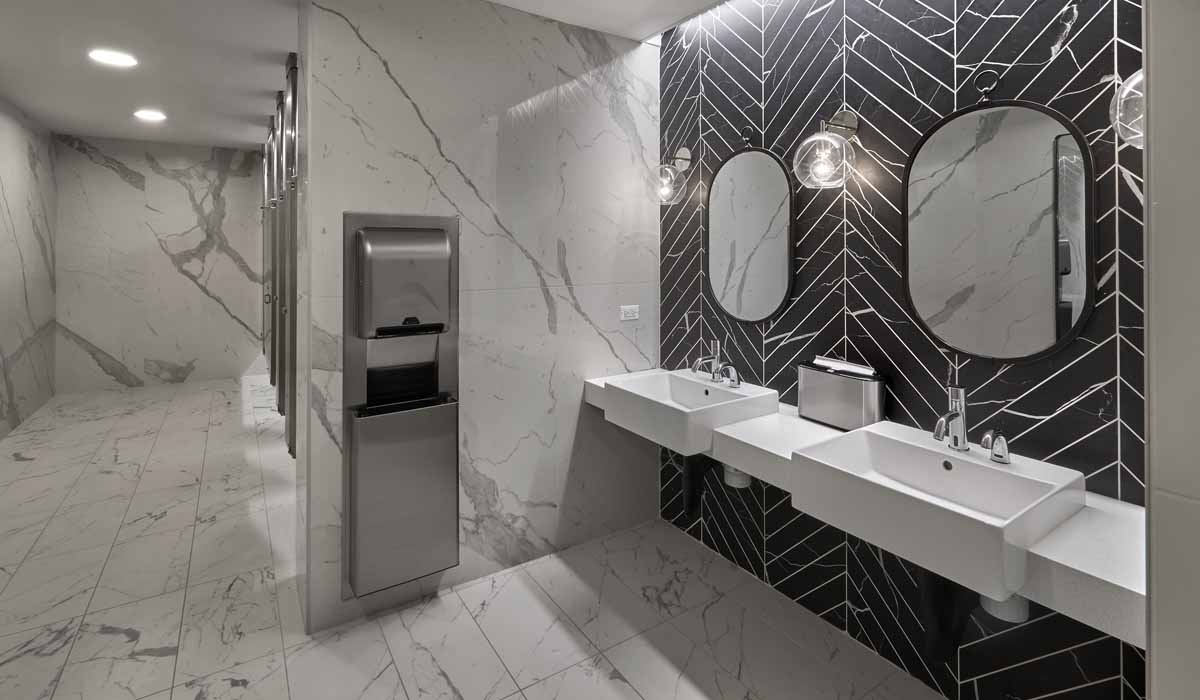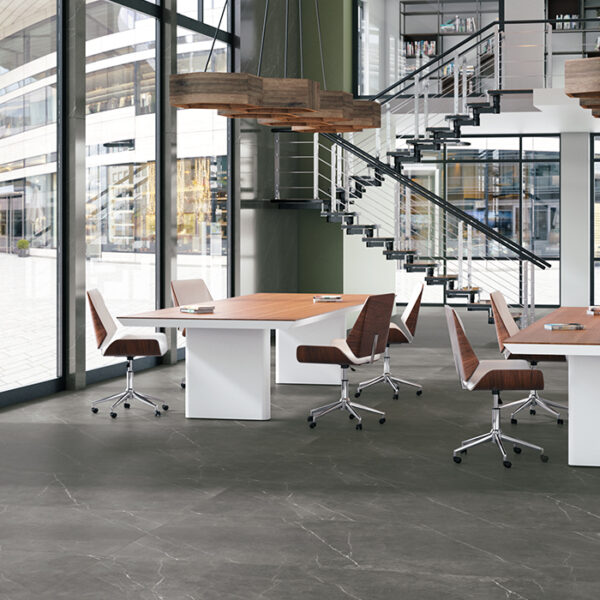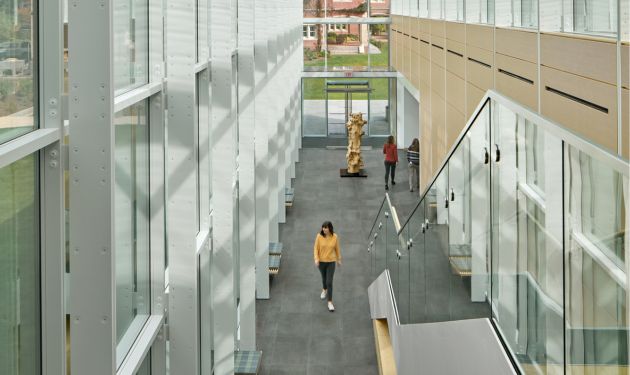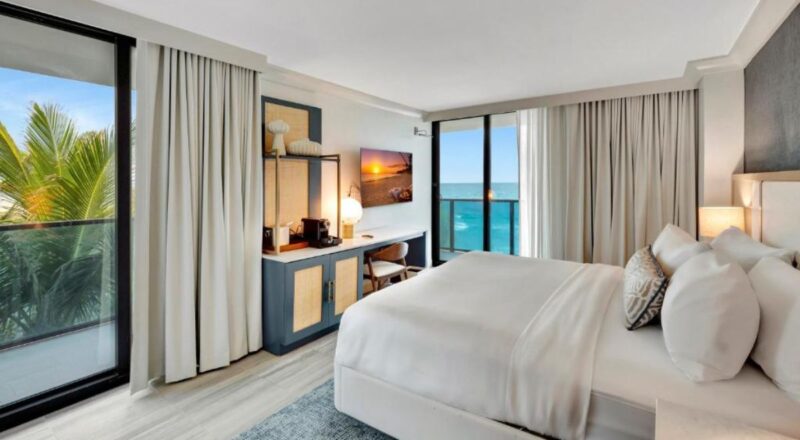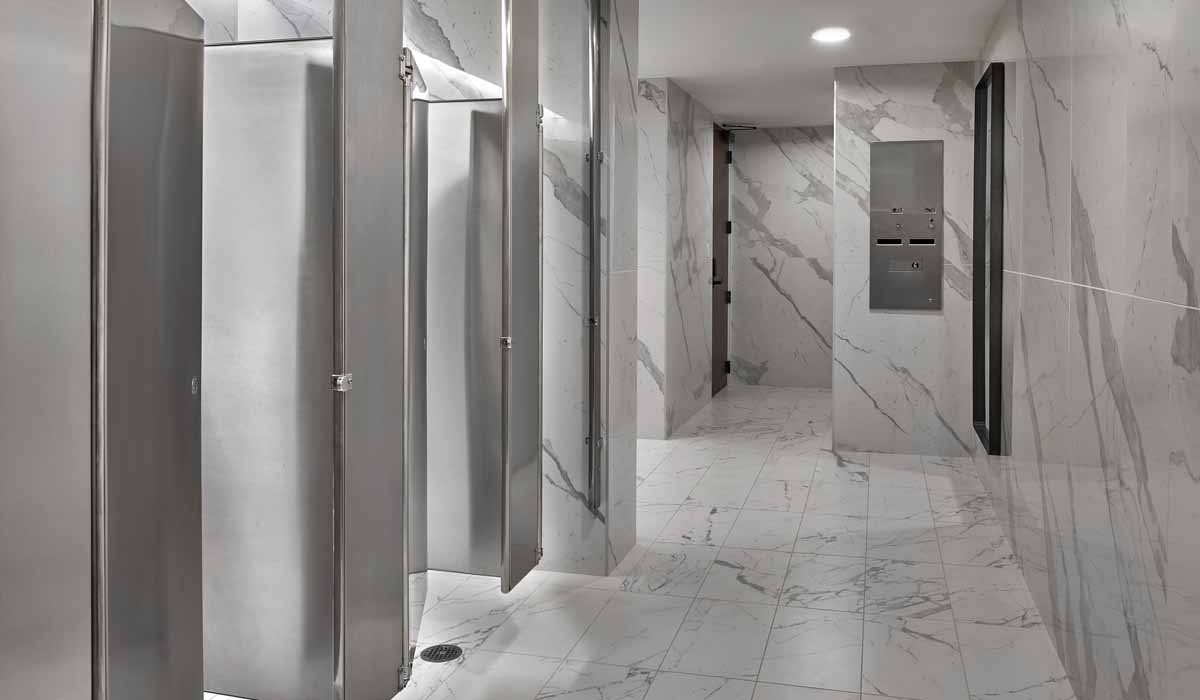
Railway Exchange Building
Chicago, Illinois | February 10, 2023
Introduction
Just mention Chicago’s famous Michigan Avenue and immediately thoughts of iconic buidings with notable architecture come to mind. The Railway Exchange Building, also known as the Santa Fe Building, at 224 South Michigan Avenue is one of the many historically significant structures on this renowned roadway in downtown Chicago. Designed by Daniel Burnham and Frederick Dinkelberg in the early 20th century, the 17-story building features classical Beaux-Arts formal compositions, popularized by Burnham’s designs for the World’s Columbian Exposition.
The Story
Due to its architectural importance, the Railway Exchange Building must meet the city’s strictly defined guidelines regarding renovations. Any remodeling project must be approached thoughtfully. For example, in designing the building’s new standard elevator lobbies, corridors and restrooms, a team from Earles Architects + Associates made it a priority to select modern materials that complement the historic design elements and aesthetic of the original design.
Searching for a surfacing solution that could easily be applied over existing marble and wall tile to revise the spaces, the team chose Crossville’s gauged porcelain tile panels. With an extremely lean profile (just over 3mm in thickness for walls and 5mm for flooring), Crossville’s gauged porcelain tile panels proved to be the ideal material. Without demolition time and costs, the team was able to expediently create an updated and timeless style to brighten the renovated areas. The large size of the panels introduced a fresh, expansive feel with minimal grout lines.
For the elevator lobby, the team specified Crossville Porcelain Tile Panels by Laminam on the walls and floor in the sophisticated Statuario Venato, a color in the I Naturali line. This selection offers an appearance that adds a classically rich depth to the space. For the buildings’ restrooms, the team also chose the Statuario Venato for all the wall applications.
Initially, the installation team had issues fitting the panels, with outer dimensions of just over 3’ x 9’, through the doors into the restrooms. The designers decided to have the panels cut in half, which gave ease to the installers and enabled a much more streamlined installation throughout the restrooms, all while maintaining the uninterrupted look with minimal grout lines.
Conclusion
Long-term, the tile panels – with their durable, pure porcelain bodies – will be easily maintained while retaining their elegant appearance. This low-maintenance advantage is a key point for those managing the upkeep of the busy building. The Crossville material will offer lasting performance to take this historically significant structure well into the future.

